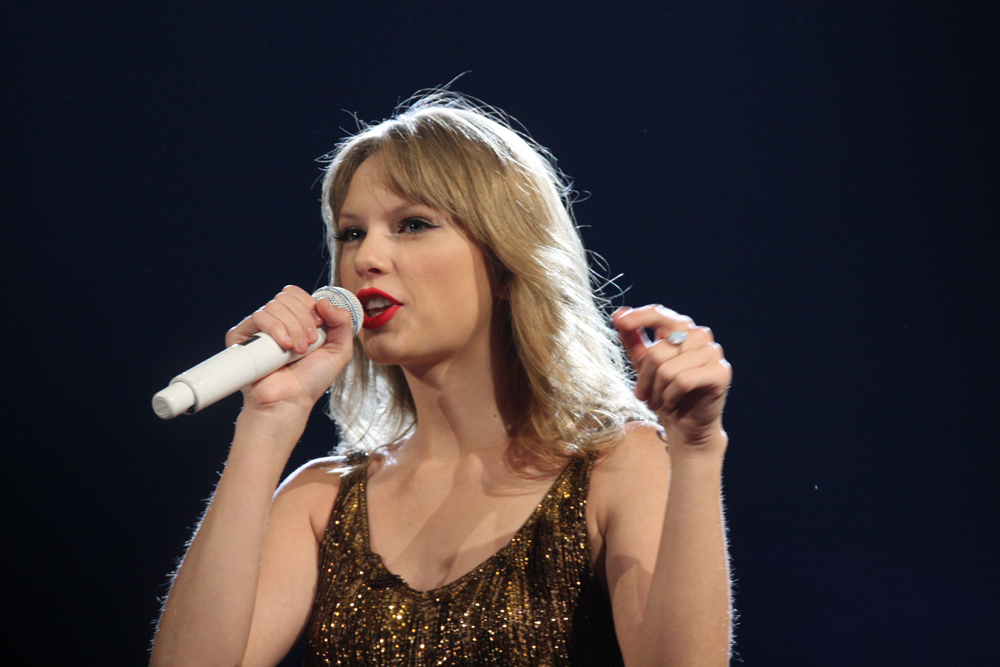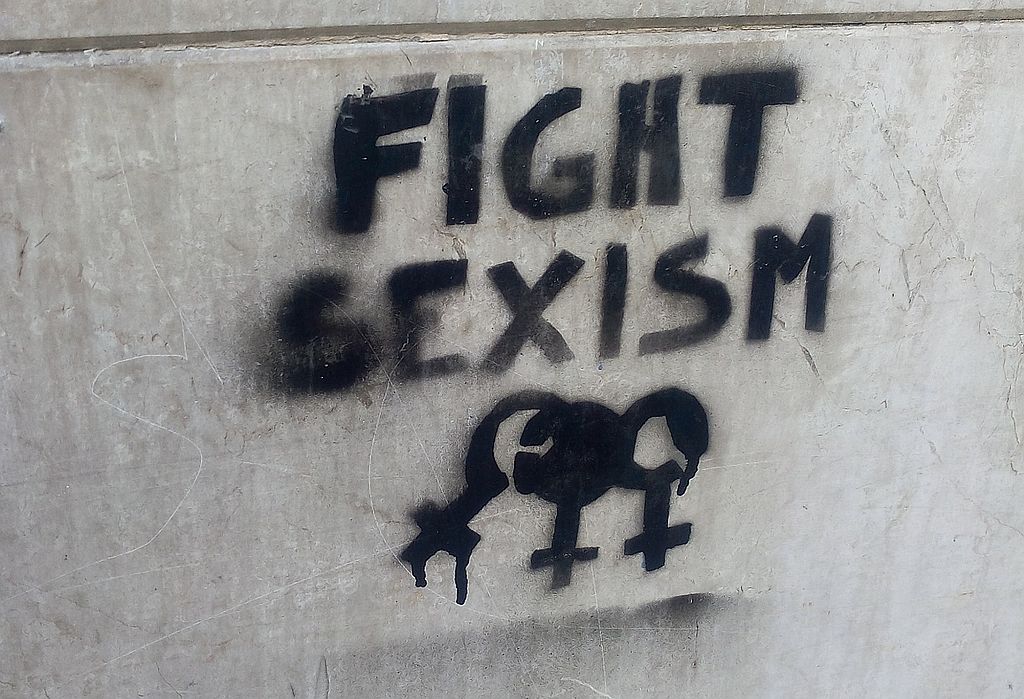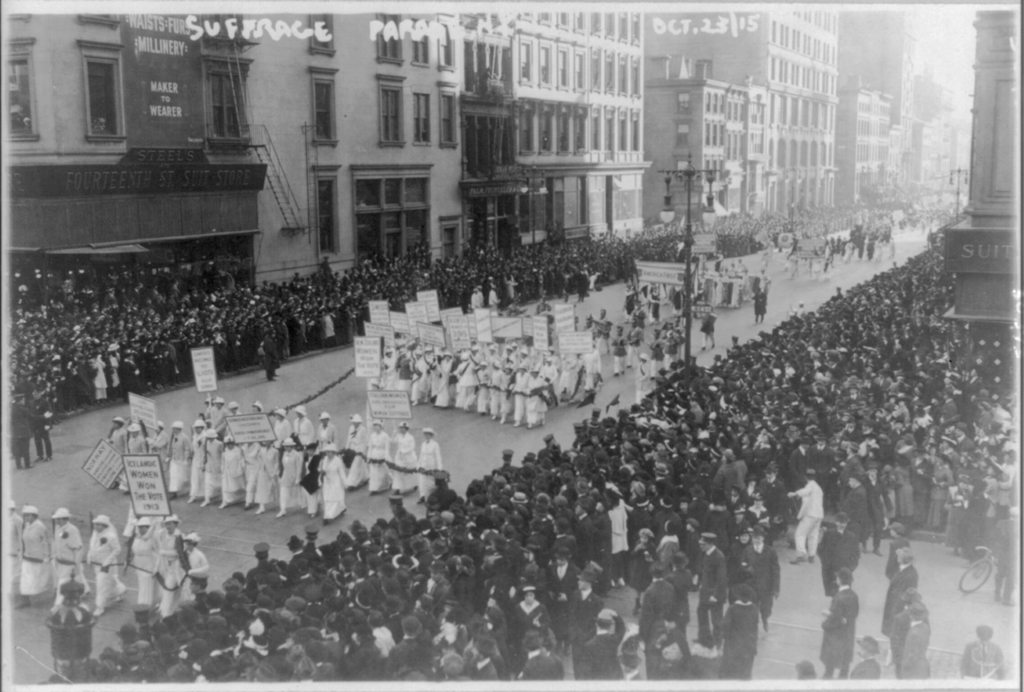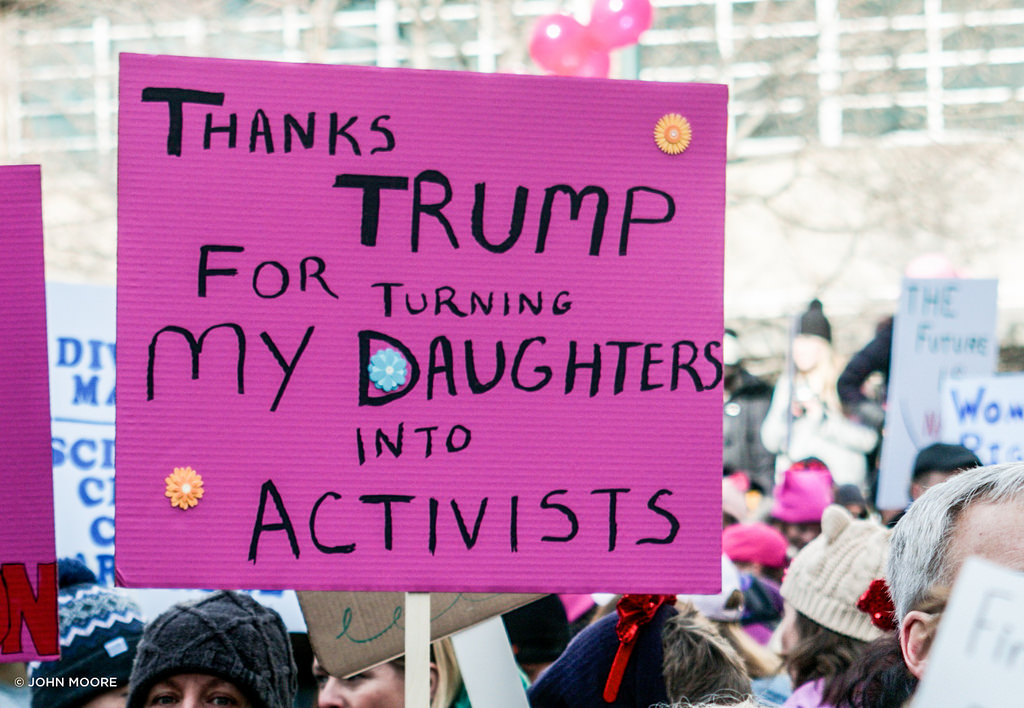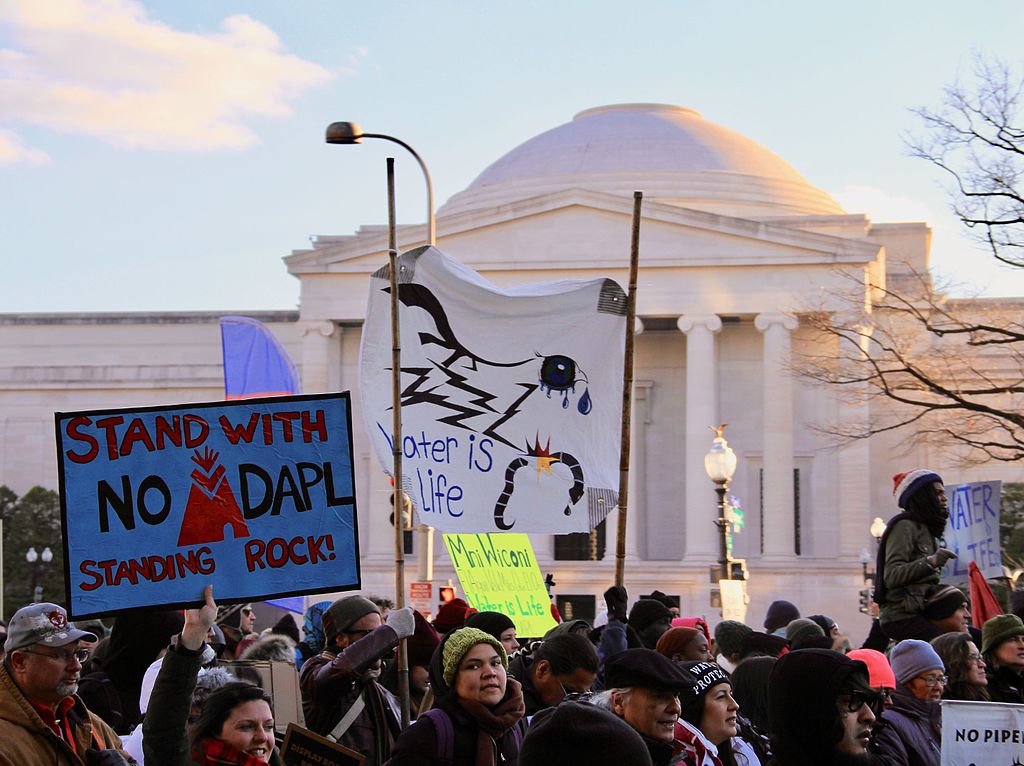The Unequal Fight for Equal Rights
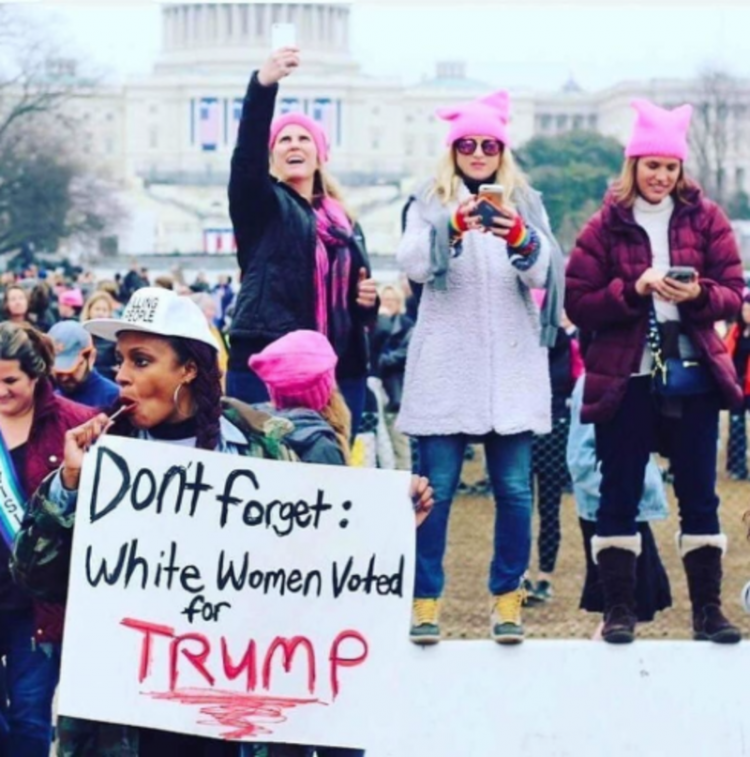
Millions of people worldwide marched last weekend in support of women rights. The movement, known as the Women's March demanded equal rights for women, regardless of their race, class, religion, gender identity, disability, or immigration status. The movement's dedication to the rights of all women regardless of privilege was moving in its own right; the organizers certainly talked the talk. However, in many ways the Women’s March reopened old wounds in mainstream American feminism.
Feminism's popularity is leading to its exploitation.
In the spirit of modern feminist conflict, I’ll start with the role Taylor Swift played. On the day of the Women’s March, Taylor Swift posted a fairly innocent tweet saying “So much love, pride, and respect for those who marched. I'm proud to be a woman today, and every day. #WomensMarch." However, this tweet was the sole indicator of Swift's support for the Women’s March, and she posted it only after the march was over. The tweet was also her very first sign of public support for feminism in a political context.
Image Credit: Flickr/Eva RinaldiSwift defines her view of feminism in the simplest way possible, as the belief that men and women should have equal rights and opportunities. While this is absolutely correct, it’s also very vague. Swift chooses not to share her views on more specific issues because, as she stated in a Time Interview, she does not feel qualified to politically influence others. Swift's neglect of feminist issues that don't directly involve her make her seem, to many, a white feminist. A white feminist isn't just a feminist that happen's to be white, rather a self-proclaimed feminist that ignores the problems of women of color, LGBTQI women, disabled women, and impoverished women, because they have a level of privilege that allows them to do so. The issue with this mindset isn’t hard to see, feminism cannot be represented as a passive statement for equality without identifying and fighting for the actions necessary to achieve it. Throughout the election that inspired the Women’s March on Washington, Swift never publicly supported a candidate; even when it came down to a extremely qualified woman against a misogynist who repeatedly demeaned women throughout his campaign. Swift's silence on such issues is problematic.
Image Credit: Wikimedia/Prof.lumacornoThere's a long history of feminism being used to justify discrimination.
Using feminism as a marketing tool to gain popularity appears to be a product of the 21st century, but the trend is much older than Taylor Swift. Go all the way back to 1894, the year when suffragist and NAACP founder Ida B. Wells, along with Frances E. Willard, president of the United States’ Women’s Christian Temperance Movement, were asked to advocate for the temperance movements. Wells used this opportunity to display the racism that existed in the US temperance movement, and to advance her anti-lynching campaign. She read from an 1890 interview of Willard’s for the New York Voice:
“‘Better whiskey and more of it’ is the rallying cry of great, dark-faced mobs...The safety of [white] women, of childhood, of the home, is menaced in a thousand localities,” this echoes the sentiments of many white suffragists who abandoned the fight for black equality in favor of appealing to southern white women. Once the 15th Amendment passed and technically allowed African American men to vote, the temperance movement and social sciences argued that “blacks are inherently inferior...less civilized and are actually regressing to a savagery." White women claimed to need the ability vote to offset black men's likeliness to morally decimate the United States. Racism was also apparent in segregated marches and smear campaigns against outspoken suffragists of color like Wells; the movement expected women of color to support this white-supremacist brand of women's suffrage. This level of discrimination is thankfully absent from modern feminist movements, but there are still many complications with race’s role in women’s rights.
Image Credit: Wikimedia/United States Library of CongressThe feminist movement still doesn't consider how injustice can intersect.
While last week’s Women’s March did it’s best to be intersectional, there were some issues with lack of representation and appropriation in the early stages of planning. Though these were eventually rectified, the reactions to the diversification of leadership and the broadening of issues addressed were mixed. Many white women felt the attempts at diversification were divisive and alienating to them. However, many women of color feared the attempts were insincere. They felt that a march comprised mainly of white women would not seriously consider the concerns which communities of color had for a Trump presidency. This wariness of non-white women is understandable, given that most white women voted for Trump. This statistic alone is very telling in terms of which women feel the least threatened by a Trump presidency.
Image Credit: Flickr/John MooreThe truth of the current national situation is that white women have less to loose. Since becoming president, Trump has already carried out many damaging actions. He's put a gag order on the Department of Agriculture and the Environmental Protection Agency and is expected to cut EPA funding by a billion dollars and cut the EPA staff in half, which harms urban communities of color that are most vulnerable to environmental injustice, as well as developing countries with mainly black and brown populations that are hit hardest by climate change. Trump’s block on federal funding for any health organization that provides abortion services will also disproportionately hurt communities of color in developing countries that don’t have the same level of access to birth control as developed countries. Trump also ordered travel bans for seven majority-Muslim countries which applies not only to immigrants and refugees, but also to holders of green-cards and visas who were legally allowed in the United States. This move is clearly detrimental to Muslim American individuals, families, and communities in the US and worldwide. Additionally, the order is dangerously framed as an act of protection against terrorism, which generalizes and demonizes an already vulnerable group of Americans. Trump’s actions against immigration will make it much easier to detain unauthorized immigrants and deport undocumented immigrants for insignificant or nonexistent offenses. This action will obviously have the biggest impact on Latino communities. Furthermore, Trump’s Dakota Access order is devastating for the Standing Rock Sioux Tribe, and is the latest in a trend of government disregard for the rights of America’s native peoples. All of this happened in the first week of Trump’s presidency, and none of it bodes well for women of color especially.
Image Credit: Wikimedia/Rob87438\So, what should feminism look like today?
Now, of course everyone has something to lose under the Trump administration, and all women need to worry about the social implications of Trump’s presidency. Given the racist history of the feminist movement, as well as the current use of feminism to score brownie points with our generation, it is more important than ever to make sure we truly understand feminism. More importantly, we must recognize the movement by what it means to each of us as individuals. Personal definitions will vary, but that’s okay as long as all of our feminism is two things: clear-cut and inclusive. Make sure you know what battles need to be fought to achieve gender equality, and make sure you fight those battles unselfishly. All women must keep in mind that they may have privileges others do not and know that they are still obligated to address wrongs that aren’t committed against them directly. Only then can feminism become more united and more productive. Let's take the principles of the Women’s March on Washington as guidance for what the goal of feminism should be:
“Our liberation is bound in each other's... We must create a society in which all women—including Black women, Indigenous women, poor women, immigrant women, disabled women, Muslim women, lesbian, queer and trans women—are free and able to care for and nurture themselves and their families, however they are formed, in safe and healthy environments free from structural impediments.”
Follow Angela Peoples and Kevin Banatte on Twitter

